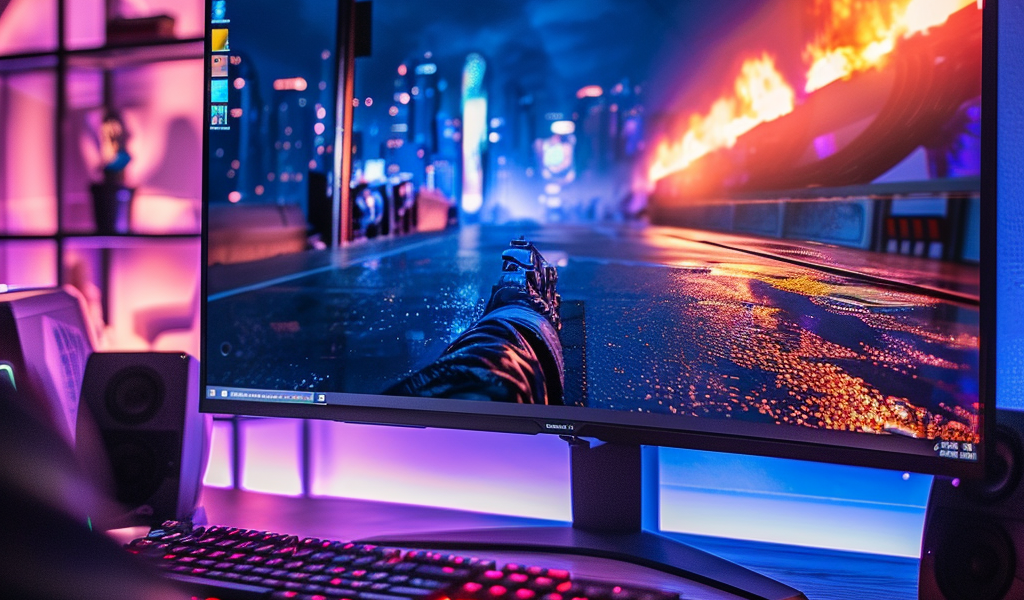AMD’s FSR 3 Technology Provides Frame Rate Boost to The Last of Us Part 1, Robocop: Rogue City, and Remnant 2
The Last of Us Part 1, Robocop: Rogue City, and Remnant 2 are the latest games to benefit from a significant frame rate boost, thanks to the inclusion of AMD’s FSR 3 upscaling and frame generation technology. This brings the total number of games utilizing FSR 3 to 19, marking a significant milestone in AMD’s ongoing efforts to integrate this technology into as many games as possible.
The addition of FSR 3 to The Last of Us Part 1 is particularly noteworthy as the PC port has been plagued by performance issues since its launch. With the inclusion of AMD’s latest upscaling and frame generation tech, this update is expected to provide a much-needed performance boost for players, especially those without an Nvidia RTX GPU.
Even with the best graphics card, game performance can sometimes fall short of expectations. Technologies like AMD FSR 3 and Nvidia DLSS are designed to address these performance challenges by providing the necessary frame boost, regardless of the underlying hardware.
While The Last of Us Part 1 is set to be the standout title benefiting from FSR 3, the technology is also making its way to upcoming updates for Robocop: Rogue City and Remnant 2. Both games, which gained popularity in 2023, continue to maintain reasonable PC player bases, making the integration of FSR 3 a welcome addition for their respective communities.
AMD’s focus on expanding the implementation of FSR 3 in games is evident, especially considering the recent release of the technology in titles like Starfield. Despite the initial hype surrounding FSR 3’s arrival, Nvidia DLSS still holds a dominant position in the market. However, AMD is optimistic about the potential impact of FSR 3 in enhancing gaming experiences across a wide range of titles.
While the list of games benefiting from AMD FSR 3 continues to grow, notable titles like Cyberpunk 2077 are yet to integrate this technology. Despite the availability of an FSR 3 frame-generation mod that has significantly improved the performance of these games on mid-to-low-end graphics cards, the slower process of developer implementation remains a key challenge.
Unlike Fluid Motion Frames, FSR 3 requires developer integration, which can contribute to a slower rollout process. Additionally, games that already feature other versions of FSR or Nvidia DLSS may not prioritize the implementation of FSR 3, particularly for titles released long ago.
For gamers looking to enhance their gaming experience, a comprehensive guide on building a gaming PC in 2024 is available, offering step-by-step instructions for creating the perfect gaming setup.





